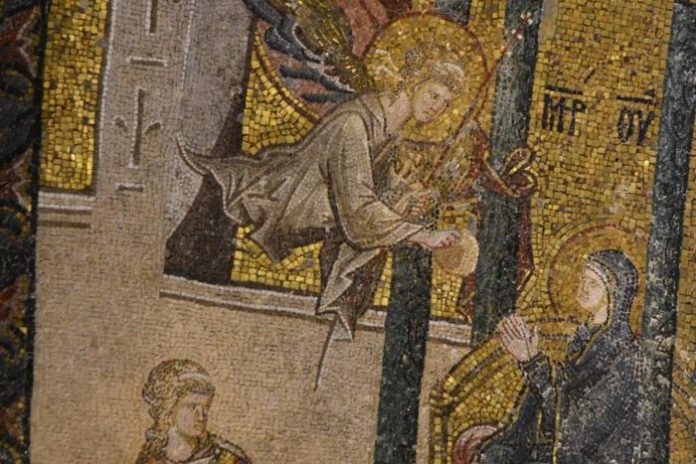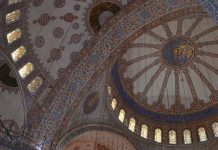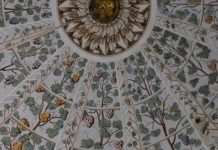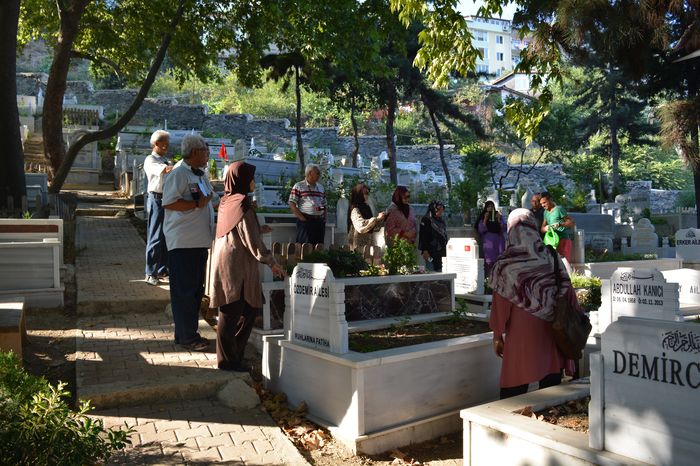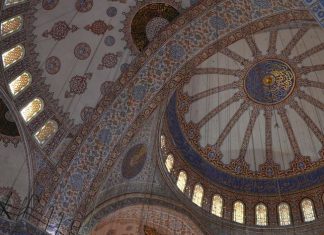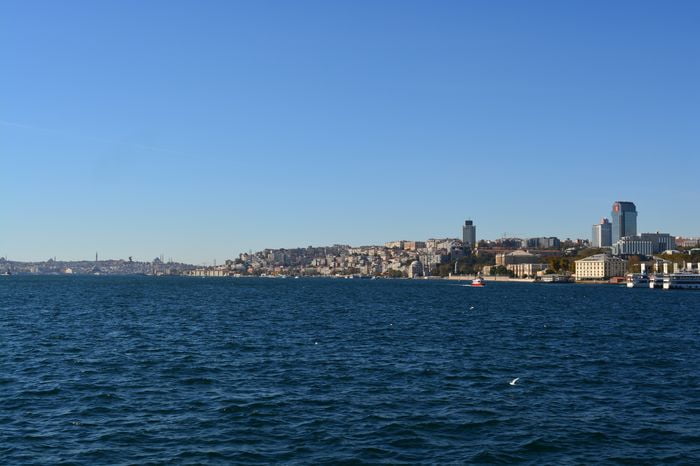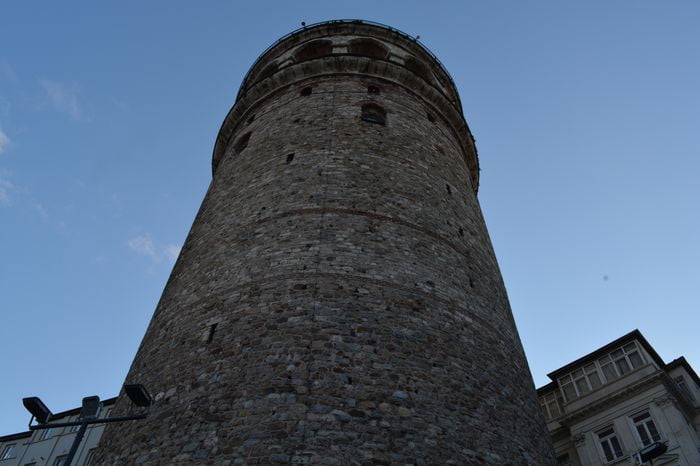The Gülnuş Emetullah Valide Sultan Tomb: A Symbol of Maternal Reverence
The Gülnuş Emetullah Valide Sultan Tomb, erected between 1708 and 1711 within the Yeni Valide Complex in Istanbul’s Üsküdar Square, stands as a tribute to Sultan Ahmed III’s mother, Gülnuş Emetullah Valide Sultan. Representing one of the significant monuments of the Tulip Era, the tomb’s construction is characterized by intricate architectural details and symbolic significance.
Architectural Features
Constructed entirely of marble in an octagonal shape, the Valide Sultan Tomb boasts eight marble columns connected by bronze grids. Its dome, adorned with floral and geometric motifs, is supported by an iron structure resembling cages. Within the tomb, an Arabic inscription adorns the solitary grave, while the Ayet-el Kürsi verse is elegantly inscribed in calligraphy on the dome’s inner skirt.
Surrounding Complex
Adjacent to the tomb, the Yeni Valide Complex comprises various structures, including a mosque, public fountains, a children’s school, and a summer pavilion. Each component serves a specific function, reflecting the comprehensive nature of Ottoman architectural planning and urban design during the era.
Mihrimah Sultan Complex A Testament to Architectural Brilliance
Commissioned by Architect Sinan for Mihrimah Sultan, daughter of Sultan Süleyman the Magnificent and Hürrem Sultan, the Mihrimah Sultan Complex stands as an architectural masterpiece. Built in 1548 and situated across from the Üsküdar Pier, the complex originally included a mosque, medrese, caravansary, hamam, children’s school, muvakkithane (sundial room), and fountain Istanbul Guided Private Tours.
Architectural Splendor
The mosque’s dome, boasting a diameter of 10 meters, is adorned with two minarets and a mihrab embellished with muqarnas. Classical architectural elements, including a marble minbar and a portico encircling the congregation area, add to the structure’s grandeur. Notably, a marble fountain with 20 corners for ablutions graces the side facing the water, enhancing the complex’s aesthetic appeal.
Preservation Efforts
Despite the loss of some original units, such as the caravansary and hamam, several structures from the Mihrimah Sultan Complex remain intact today. These include the 16-room medrese, repurposed as a health center, and the tombs of Mihrimah Sultan’s sons, Osman Ağa and Kapudan-i Derya Sinan Paşa. Additionally, the children’s school, now operating as a library, stands as a testament to the complex’s enduring legacy Exploring Dolmabahçe Palace A Symbol of Ottoman Grandeur.
The Gülnuş Emetullah Valide Sultan Tomb and the Mihrimah Sultan Complex represent significant landmarks in Istanbul’s architectural and cultural landscape. Through preservation efforts and ongoing appreciation, these sites continue to inspire admiration and reverence, showcasing the enduring legacy of Ottoman craftsmanship and artistic brilliance.
